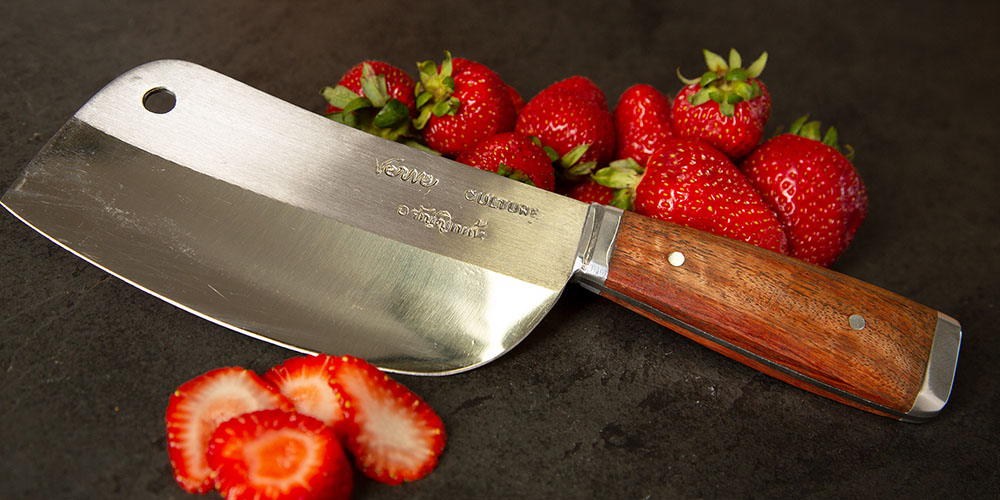Professional chefs require the right kitchen tools to prepare food easily, quickly, and safely. These tools come in different types, particularly knives. If you don’t have the right knowledge, it can be tricky to find a suitable knife for a specific task. Imarku.net provides a broad selection of specialist knives for your catering services.
Kitchen knives have a complicated convention of naming that can be seriously confusing. However, this guide has compiled the various types of chef knives and their use to help you make sense of it all.
Chef’s Knife
Also known as the cook’s knife, this type is an important blade designed for fast mincing. The chef’s knife has a broad blade measuring between 6 and 12 inches long. Every part of the knife is built to provide effectiveness, stability, and durability due to the frequent use for multiple catering tasks.
Santoku Knife
The blade of the Santoku knife is slightly straight, shorter, and thinner and contains noticeable indentations that allow food to slide off when cutting. Santoku is an all-rounder and can do most of the tasks a chef’s knife could do: dicing, mincing and slicing. However, the knife does not do well on the cutting board and could be less suited when mincing herbs unless you are having skinny slices of veggies.
Utility Knife
The utility knife is suitable for cutting foodstuff that is too small for the chef’s knife. Its length is between 4 and 7 inches, and the design is not suitable for slicing or chopping large items. Since it is thinner than most, the utility knife is better for handling tasks like filleting, trimming, and thinner slicing.
Cleaver Knife
The clever knife is designed to be the bulkiest and heaviest than most selections to handle tough cutting tasks in the kitchen. They are preferred for pulverizing meat, fish, poultry, and crushing garlic. The blade is specifically ideal for cutting through difficult materials in a chopping motion.
Paring Knife
The paring knife is considered a small but mighty type that is ideal for cutting, chopping, and slicing vegetables and fruits. The blade is slim, short, and evenly sized with contains a pointed tip. The knife is light and small but can be easy to handle and maneuverable in delicate works like trimming, peeling, and removing seeds from fruits.
Carving Knife
The carving knife is one of the longest types available in the kitchen. Its slim width and length are ideal for cutting cleaner and more uniform slices of food. The knife is the best tool for tackling large vegetables and fruits such as courgettes or melons. It will also produce neat, thin, and even slices of meat which could be a tough job for a small and broad type of knife.
Boning Knife
A boning knife is used to separate meat from bones. Besides cutting meat, smaller boning knives are used in place of a paring knife for trimming and peeling vegetables. The knife could also work in place of a filleting knife for fish. The boning knife usually measures between 3 to 8 inches, and blade widths can vary. The blade shapes are either stiff, Flexi, or semi- Flexi, which are common for home catering.


